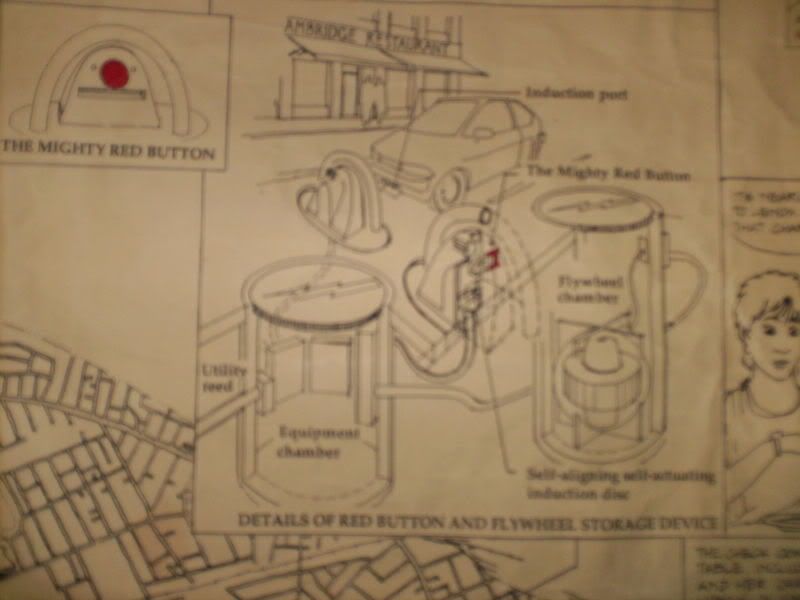Preface: I originally wrote this a couple of decades ago, based upon my experiences working with a traveling energy show in the 1970s and 1980s and my own experiments with public displays of renewable energy at farmers’ markets (
https://www.dailykos.com/stories/2005/8/21/140257/-). I rewrote it for a new venture, Flourish Fiction which is trying to fill the need for “more hopeful stories to awaken imagination and help inspire the next generation of climate solutions.” It is also published there at
https://flourishfiction.substack.com/p/mister-franklins-folks?s=r
_____________
Mister Franklin's Folks began when a small group of people decided to bring a solar fountain to the local farmers market. A solar electric panel pumped water up from a tub into a little fountain that would splash and spray. The brighter the sunshine, the higher the water would go. Children loved to turn it on and off with their shadows, jumping into and out of the sunlight, making the water dance and themselves laugh. Older kids asked questions, and so did some of the adults. "What's it for? How does it work? Why are you doing this? So what?"
The exhibit was labeled "Solar Fountain/Wishing Well" and some coins lay at the bottom of the tub. Nearby, there was a table under the shade of an umbrella where one of Franklin's Folk sat with a collection of books, pamphlets, leaflets, cards, and stickers, along with a big can labeled “Donations.” The van parked behind them was full of working models and public experiments, product demos, and testing equipment. They shared guides with anyone who wanted them. For a small donation.
Each week, from Memorial Day to the week before Thanksgiving, throughout the farmers’ market season, they'd be there. Each week, they'd set up a little solar fountain and present a different example of solar ingenuity and practical power. When they said power to the people, they meant it.
They said, "A south-facing window is already a solar collector and we can show you how to use it. A south-facing porch is even better. It can become a sunspace or greenhouse and you can grow food all year long."
They provided designs and projects that began by caulking and sealing a window and ended with a complete one-room HVAC and electrical system for daily and/or emergency use.
"A few inches of solar panel, a hand or foot powered generator, and a set of rechargeable batteries is a perpetual source of personal electrical power. You can have power as long as the sun keeps shining and can turn the handle or push the pedal when it isn't. You can have power as long as the batteries hold a charge. And when the batteries die, recycle the old ones and buy some new. That is, unless we've changed to capacitors, flywheels, or fuel cells by then."
They had plans for many DIY solar projects and organized a bulk buying club so that people could save money on parts and supplies.
"Let your kids make their own battery power from sunlight and a little exercise. Power your electrical devices with a walk on the treadmill."
They called themselves Mister Franklin's Folks because, like Benjamin Franklin, they believed in ingenuity and thrift. They quoted from Poor Richard’s Almanac:
“A penny saved is two pence clear. A pin a-day is a groat a year. Save and have.”
“Every little makes a mickle.”
“A wise Man will desire no more than what he may get justly, use soberly, distribute cheerfully and leave contentedly.”
“Spare and have is better than spend and crave.”
They updated these home truths by putting them into an ecologically regenerative context. Each week they offered practical lessons in real thrift or "how to save money while saving the environment, the community, and the world."
Like Mr Franklin, they were experimenting with electricity but instead of kites and lightning, they were looking at the sun for energy independence and building the idea of a renewable economy use by use, appliance by appliance, socket by socket, room by room.
“What would Mister Franklin do these days?" they asked. "Benjamin Franklin was one of the early researchers into the Gulf Stream. How would he deal with global warming?”
These were some of the things that Mr. Franklin’s Folks did at their table at the farmer's market, week after week, all that year.
